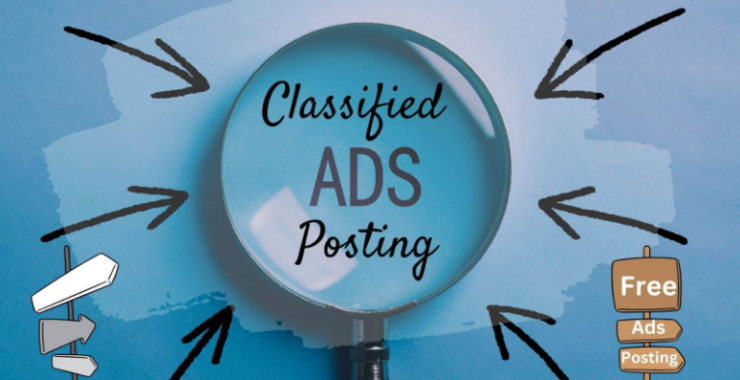Strategies for Optimizing the Return on Investment from a Healthcare CRM
Healthcare CRM (Customer Relationship Management) software is an essential tool for healthcare providers who want to improve the patient experience, increase operational efficiency, and enhance patient outcomes. However, simply implementing a healthcare CRM is not enough to maximize the benefits. To optimize the return on investment from a healthcare CRM, healthcare providers need to develop effective strategies that align with their goals and objectives. Here are some strategies for optimizing the ROI from a healthcare CRM:
Define your goals: Before implementing a healthcare CRM, it is essential to define your goals and objectives. What do you hope to achieve by implementing a healthcare CRM? What are the specific outcomes you are looking for? Some common goals for healthcare CRM implementation include improving patient satisfaction, reducing no-shows, increasing patient engagement, and enhancing patient outcomes. Defining your goals will help you identify the features and functionalities you need from your healthcare CRM and measure the success of your implementation.
Choose the right healthcare CRM: There are many healthcare CRM software solutions available, each with different features and functionalities. To optimize the ROI from a healthcare CRM, it is essential to choose the right solution that meets your specific needs. Consider factors such as ease of use, scalability, customization options, and data security when choosing a healthcare CRM.
Train your staff: A healthcare CRM is only effective if your staff knows how to use it. To optimize the ROI from a healthcare CRM, invest in staff training to ensure that your team knows how to use the software effectively. This will help to increase staff productivity and ensure that your healthcare CRM is used to its full potential.
Use data analytics: One of the most significant benefits of a healthcare CRM is the ability to collect and analyze patient data. To optimize the ROI from a healthcare CRM, use data analytics to identify trends, patterns, and insights that can help you improve patient outcomes and operational efficiency. Use this data to develop targeted interventions and preventive measures, enhance patient engagement, and personalize patient care.
Integrate with other systems: To optimize the ROI from a healthcare CRM, it is essential to integrate the software with other systems such as electronic health records (EHRs) and billing systems. The integration will allow you to streamline processes, reduce administrative burdens, and improve data accuracy.
Engage patients: A healthcare CRM can help you improve patient engagement by providing personalized care and communication. To optimize the ROI from a healthcare CRM, use the software to engage patients through targeted messaging, appointment reminders, and patient portals. This will improve patient satisfaction and outcomes, reduce no-shows, and increase revenue.
Measure success: To optimize the ROI from a healthcare CRM, it is essential to measure success regularly. Use metrics such as patient satisfaction scores, no-show rates, and revenue to track the impact of your healthcare CRM implementation. This will help you identify areas for improvement and adjust your strategy to maximize the benefits of the software.
In conclusion, implementing a healthcare CRM is an essential step for healthcare providers who want to improve patient outcomes and operational efficiency. To optimize the ROI from a healthcare CRM, it is essential to define your goals, choose the right software, train your staff, use data analytics, integrate with other systems, engage patients, and measure success. By following these strategies, healthcare providers can maximize the benefits of their healthcare CRM and enhance the patient experience.





